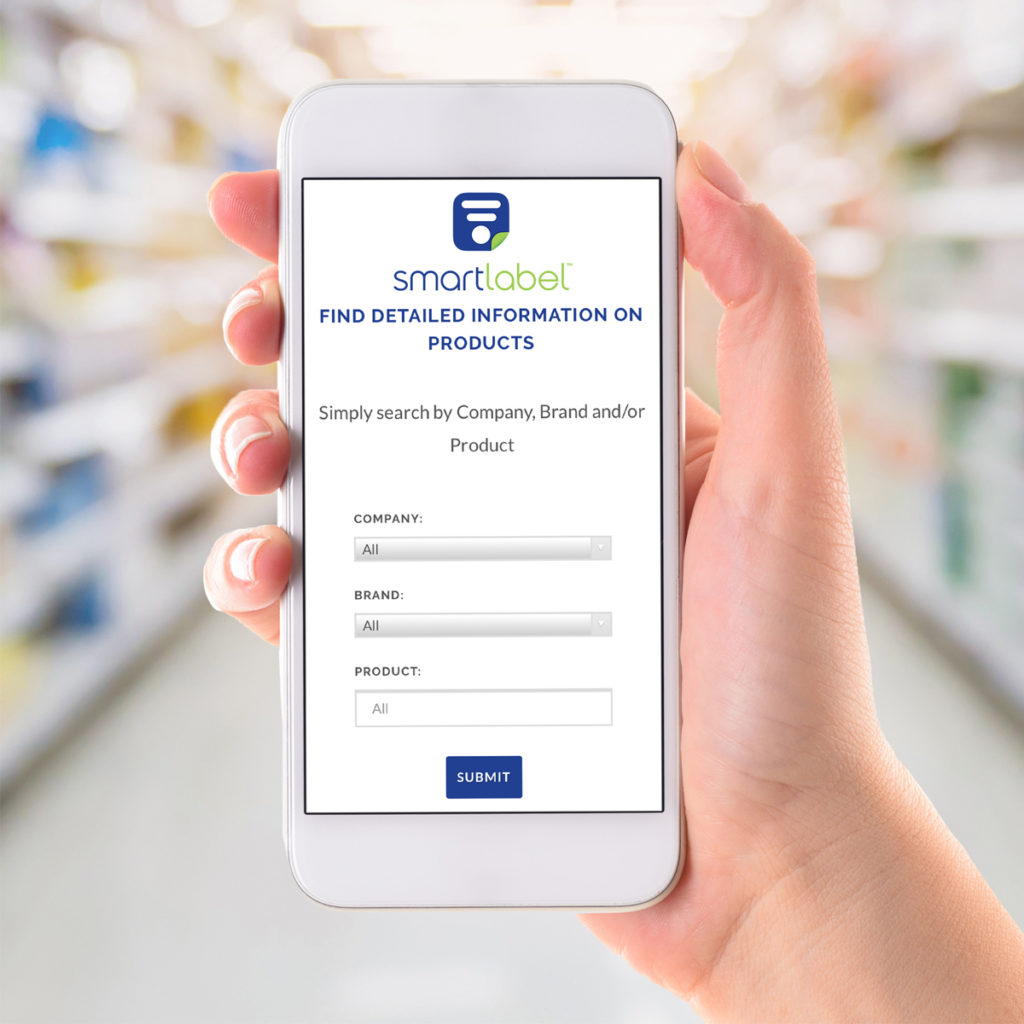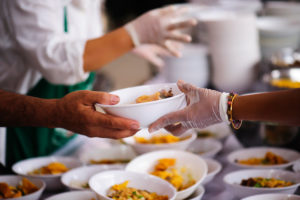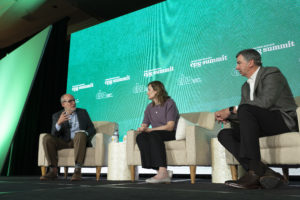As of the end of March, 2017, more than 5,600 products of 205 brands from 26 companies are using SmartLabel™. These include major food and consumer products manufacturers such as Unilever, Mondelez, Hershey, Coca Cola, General Mills, L’Oreal and Land O’ Lakes, retailers such as Ahold and Topco, and smaller brands such as Food for Life, Naked Bacon and PASCHA Chocolates. The complete list of products, brands and companies using SmartLabel can be found at www.smartlabel.org.
Both the Consumer Brands Association and the Food Marketing Institute have been talking with companies about SmartLabel™ and how to get started. Here are three of the most frequently asked questions:
How are companies getting started with SmartLabel™?
To date, most companies are starting with a brand or two that will benefit most from transparency with consumers. Once a brand has been selected, the next step is to identify which attributes to share in addition to the required attributes. So far, most brands are starting with the voluntary attributes most important to their target consumers. Over time, brands are building out the attributes that are important to their consumers and that the brand can accurately capture and maintain.
Once a company has the processes down for these first few brands, they are rapidly expanding across the portfolio. One way to think about it is that it may take six months to build out the processes for the initial one or two brands, which is then followed by rapid expansion across other brands.
Does my company need to use the QR code, and if so, how expensive is that?
Use of a QR Code on-pack is a highly recommended best practice, but it is not required. A QR code enables the brand to embed a URL link directly to the Brand’s SmartLabel™ Landing Page. The technology is very easy and accessible.Most consumers today have barcode readers on their phones. All it takes is a camera. For those consumers who do not have barcode readers, there are hundreds available on the Apple and iOS stores. So accessibility is pretty much ubiquitous.
We understand that package artwork changes are expensive. That’s why we recommend that brands get started by building the landing pages and leveraging consumer accessibility via search; then follow up with QR code execution tied to some other packaging artwork change.
In the future, for food and beverage products that will be using SmartLabel’s digital disclosure to comply with the federal GMO disclosure law, a “digital link” is required. A QR code meets that requirement. The specific rules to implement the federal GMO disclosure law must be developed by mid-2018.
Does a company need to create its SmartLabel landing pages internally or can it be done through a third-party service provider?
That’s up to each company to decide. Some companies do the work in-house; others have contracted with service providers.





